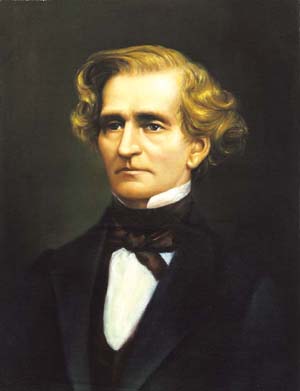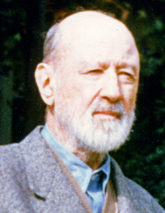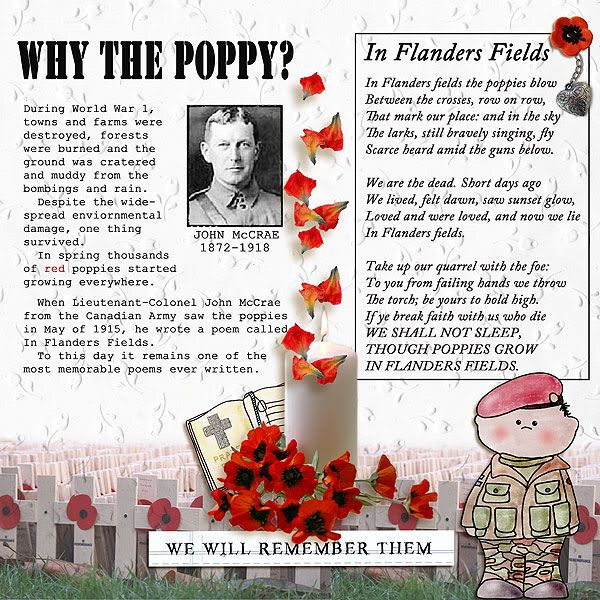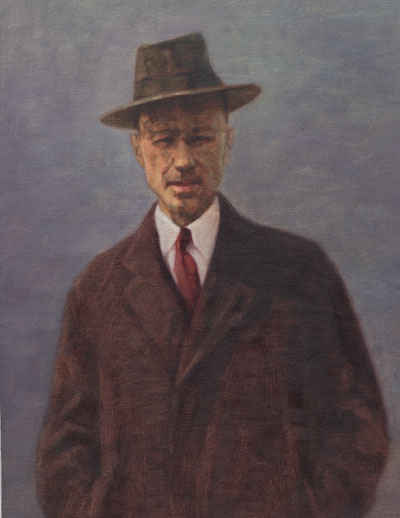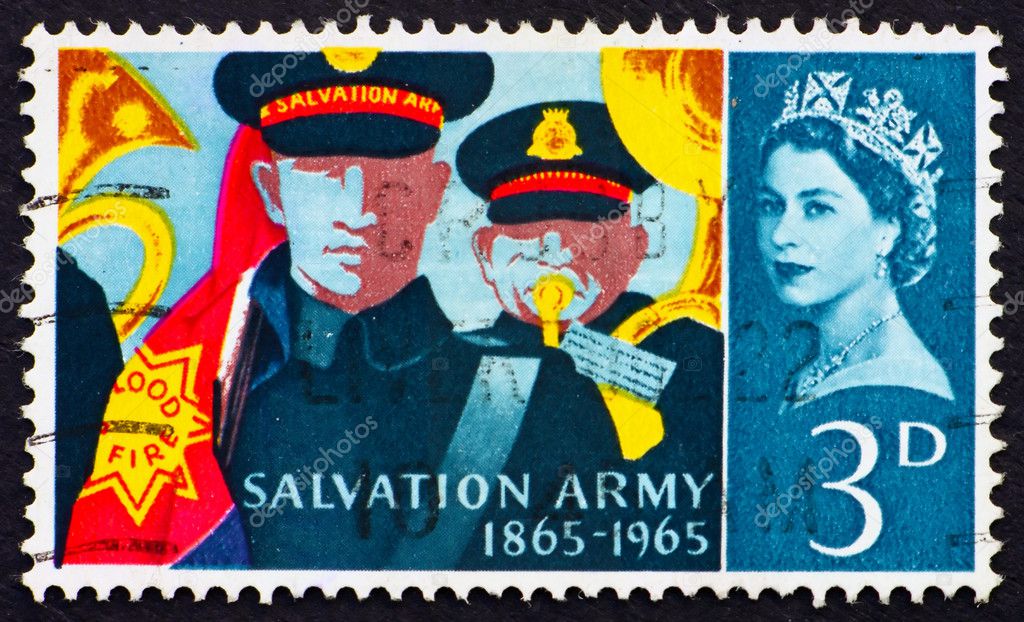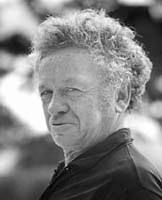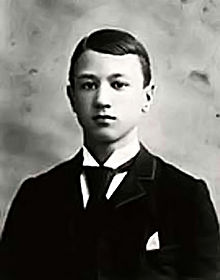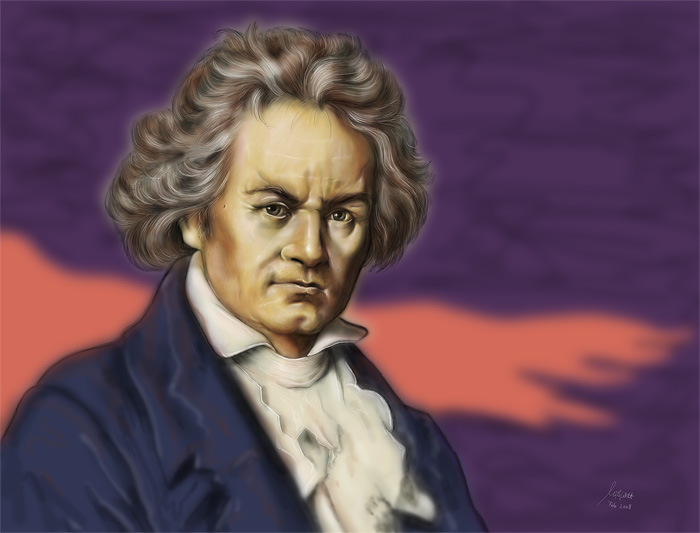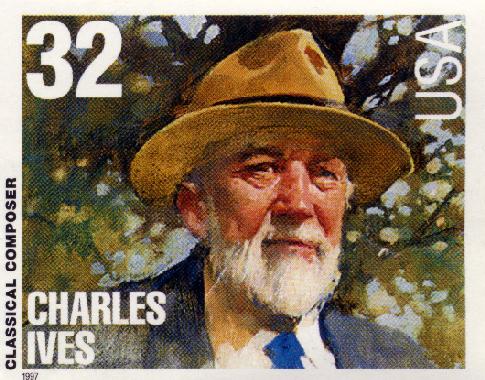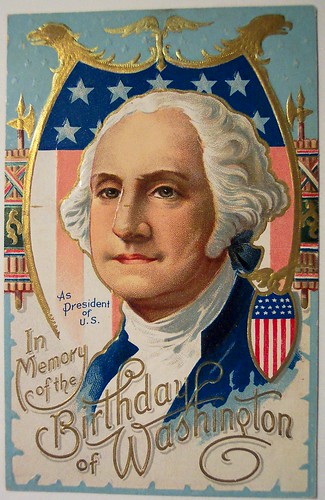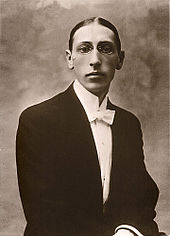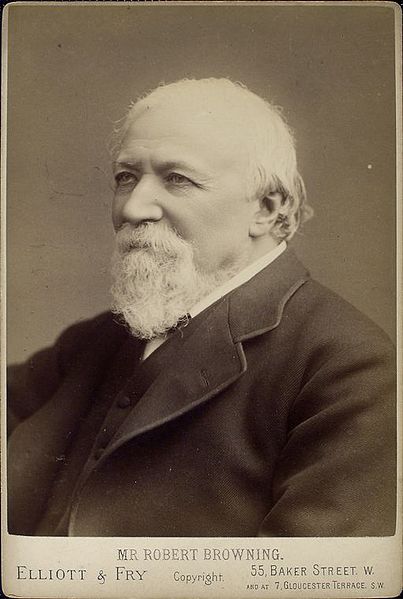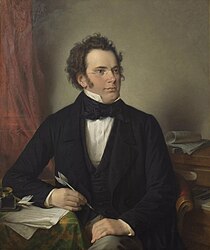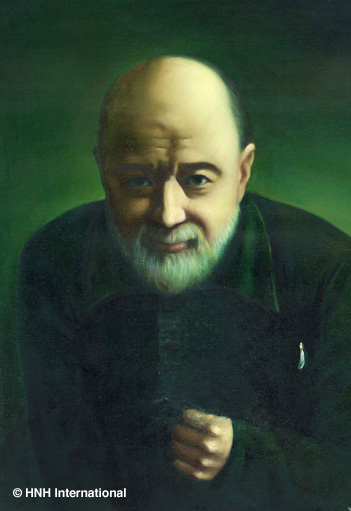"Music gives us a language that cuts across the disciplines, helps us to see connections and brings a more coherent meaning
to our world."
AUTHOR: Ernest Boyer
MEANING OF THE QUOTE:
“Music incorporates all the elements of life into one medium.”
COMPOSER
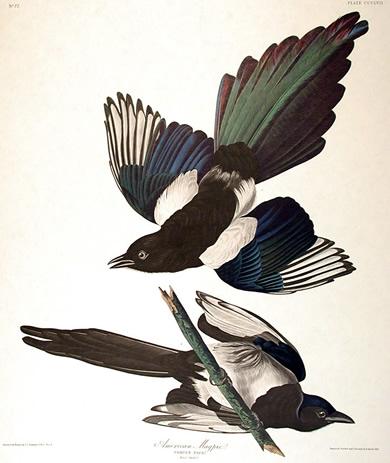 |
| Magpies by John Audubon |
 |
| The Thieving Magpie by Louis Lassalle |
GENERAL MUSIC
01. INTRODUCTION TO 16TH NOTES
.......a. EXPLAINED THE FRACTIONS INVOLVED BY BREAKING DOWN THE QUARTER NOTE IN HALF TO
TWO 8THS THEN BREAKING EACH 8TH INTO TWO 16THS
.......b. EXPLAINED THE COUNTING USING BODY PERCUSSION
............1) QUARTER NOTES ARE COMPLETE "PATSCHES" (A DOWN AND UP MOVEMENT OF THE HAND
ON THE KNEE)
............2) 8TH NOTES ARE PERFORMED BY BREAKING THE BEAT (A COMPLETE "PATSCH") IN HALF
BY PLACING THE NON-MOVING HAND (PALM DOWN) SO THAT THE BACK OF THE MOVING
HAND HITS THE PALM OF THE NON-MOVING HAND AS THE HAND MOVES UP ON THE SECOND
HALF OF THE BEAT
.............3) 16TH NOTES ARE PERFORMED BY SNAPPING IN BETWEEN THE 8TH NOTE MOTIONS; SPLITTING
THE 8TH NOTES IN HALF
.............4) EXPlAINED THE COUNTING USING SILLY WORDS:
...................a) QUARTER NOTES (ONE BEAT) USE THE WORD "ONE" AS THE WORD CONTAINS ONLY
ONE SYLLABLE
...................b) 8TH NOTES IN PAIRS USE THE WORD "JELL-O" (ONE BEAT SPLIT IN TWO) AS THE WORD
CONTAINS TWO SYLLABLES
...................c) 16TH NOTES IN GROUPS OF FOUR USE THE WORD "HUCK-LE-BER-RY" (ONE BEAT SPLIT
INTO FOUR EQUAL SECTIONS) AS THE WORD HAS FOUR SYLLABLES
.............4) EXPLAINED THE COUNTING USING MUSICAL MATH
...................a) EACH QUARTER BEAT GIVEN A NUMBER FROM ITS PLACEMENT IN THE MEASURE (BASED
ON THE METER; IE: "1 / 2 / 3 /4 /" (IN 4-4 METER)
...................b) 8TH NOTES (A BEAT SPLIT IN HALF) TAKE THE NUMBER OF THE BEAT FOR THE FIRST
HALF OF THE BEAT AND AN "and" FOR THE SECOND HALF OF THE BEAT; IE: "1 and /
2 and / 3 and / 4 and /")
...................c) 16TH NOTES (A BEAT SPLIT INTO 4 EQUAL SECTIONS) TAKE THE NUMBER OF THE BEAT
FOR THE FIRST 16TH NOTE AND AN "and" FOR THE THIRD 16TH NOTE WITH AN "e" FOR
THE SECOND 16TH NOTE AND AN "a" FOR THE LAST 16TH NOTE; IE: "1 e and a / 2 e and a /
3 e and a / 4 e and a /"
02. INTRODUCTION TO THE STRING FAMILY OF INSTRUMENTS
......a. BRIEF OVERVIEW ABOUT WHAT A FAMILY OF INSTRUMENTS ARE AND THE VARIOUS SIZES
WHICH SOMEWHAT DICTATES THE ROLE EACH INSTRUMENT MUSICALLY TAKES ON IN
THE ORCHESTRA
......b. STARTED A DEMONSTRATION OF ALL THE STRING INSTRUMENTS PLAYED IN THE ORCHESTRA
(TO BE CONTINUED TOMORROW)
ADV. STRINGS
[SPRING CONCERT (THURSDAY; MAY 30TH) PREPARATION]
01. ORANGE BLOSSOM SPECIAL
02. PIRATES OF THE CARIBBEAN
03. SOMEBODY I USED TO KNOW
BEG. STRINGS
[SPRING CONCERT (THURSDAY; MAY 30TH) PREPARATION]
01. STAIRWAY TO HEAVEN
02 . SOMEBODY I USED TO KNOW
03. YOU'VE GOT A FRIEND IN ME
04. SABOR A MI (WITH SINGERS)
05. VOLVER VOLVER (WITH SINGERS)






